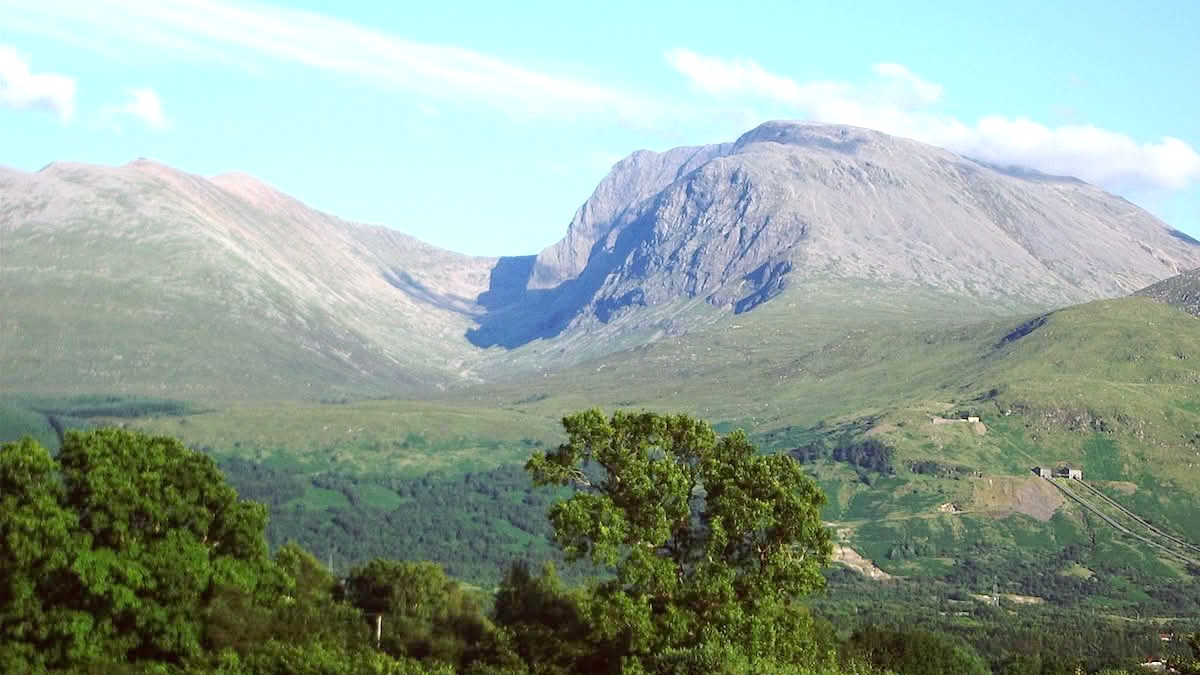
Highlands And Northern Islands, Scotland
The islands hold a deep sense of place, shaped by centuries of human activity and powerful natural forces. Visiting Orkney is more than sightseeing; it is an immersion. One connects with a heritage spanning millennia, from earliest farmers to Norse seafarers and brave sailors of two World Wars. The islands inspire discovery. They invite you to slow down, to breathe clean air, and to listen to the sounds of nature and history. Orkney greets you at its shores, ready to share its many stories and landscapes.
Orkney brings a peaceful escape from fast-paced daily routines. Its charm comes from the combination of dramatic coastline, rich farmland, and a history that stands world-class. One finds moments of quiet reflection at a windswept Neolithic tomb, or feels the spray of the Atlantic against their face at a cliff edge.
Every turn in the road, every walk along a bay, presents a new vista. The islands hold a deep sense of place, shaped by centuries of human activity and powerful natural forces.
The Orkney Islands form an archipelago situated about 10 miles (16 km) north of the Scottish mainland. The turbulent Pentland Firth separates the islands from the Scottish Highlands. This position, at the meeting point of the North Sea and the Atlantic Ocean, grants Orkney its unique climate and coastline. Comprising 70 islands and islets, Orkney features varied geography. About 20 of these islands have people living on them. Mainland, the largest island, hosts Kirkwall, the capital, and Stromness, a picturesque port town.
The landscape is generally low-lying and green. Glacial activity from past ice ages smoothed the land, leaving fertile soil. Trees are rare, giving the islands an open, exposed feel. This treelessness permits sweeping views across the land and sea. The coastline, however, deviates from uniform. One finds dramatic sandstone cliffs, like those at Yesnaby, carved by the relentless ocean. Contrasting with these are numerous sandy beaches, like Waulkmill Bay, presenting sheltered spots for walking. Inlets and bays, known as "voes," cut deep into the land, offering natural harbors and shelter for wildlife.
A turbulent stretch of water separating Orkney from mainland Scotland.
The largest island, home to Kirkwall and Stromness.
Fertile land shaped by glacial activity, with few trees.
Features sandstone cliffs, sea stacks, natural arches, and sandy beaches.
The dominant geology, giving cliffs a reddish-brown hue.
The geology of Orkney consists mostly of Old Red Sandstone, which gives the islands a warm, reddish-brown hue. This rock is relatively soft, contributing to the formation of the dramatic coastal features. The flat, fertile land supports a strong agricultural industry, with large fields of barley and grazing livestock.
The islands' position means they experience strong winds, a constant element of the weather. These winds, combined with the mild maritime climate, shape the unique flora and fauna of Orkney. The islands present a natural environment with a subtle beauty.
The flat, fertile land supports a strong agricultural industry, with large fields of barley and grazing livestock.
Kirkwall Harbour: A gateway to the islands.
Orkney's history stretches back over 8,500 years, making it a place of deep human connection to the land. Its past unfolds in layers, from Stone Age settlements to Viking sagas and World War naval power.
The "Heart of Neolithic Orkney" is an UNESCO World Heritage Site, recognized for its exceptional preservation. This designation lists several prominent sites. Inside Maeshowe, one finds runic carvings left by Vikings, adding another layer to its history. More recent history also leaves a profound mark. During both World Wars, the natural harbor of Scapa Flow held as the principal base for the British Grand Fleet. This strategic location held an important role in naval operations. These shipwrecks now compose a world-class diving site. The Churchill Barriers, causeways built by Italian prisoners of war during World War II, link several southern islands, serving as both a defensive measure and a witness to human endeavor. The Italian Chapel is a symbol of hope and faith amidst wartime.
A remarkably preserved Neolithic village, older than Stonehenge and the pyramids. Its discovery unveils an unique window into a forgotten world.
A vast stone circle, part of a ceremonial landscape. Its sheer scale brings awe.
Older, tall monoliths forming part of the same ritual complex as the Ring of Brodgar.
Maeshowe: A masterfully constructed Neolithic chambered cairn. Its design permits the winter solstice sun to illuminate its inner chamber, showing advanced astronomical knowledge.
North of mainland Scotland, within the Highlands and Islands region.
Kirkwall, Orkney's main town and administrative center.
Around 22,000 people live across the archipelago (2022 estimates).
A warm welcome awaits from locals, often keen to share their love for Orkney.
The local dialect has Norse roots, with unique words and pronunciations.
Extreme variations in daylight throughout the year, from long summer days to short winter ones.